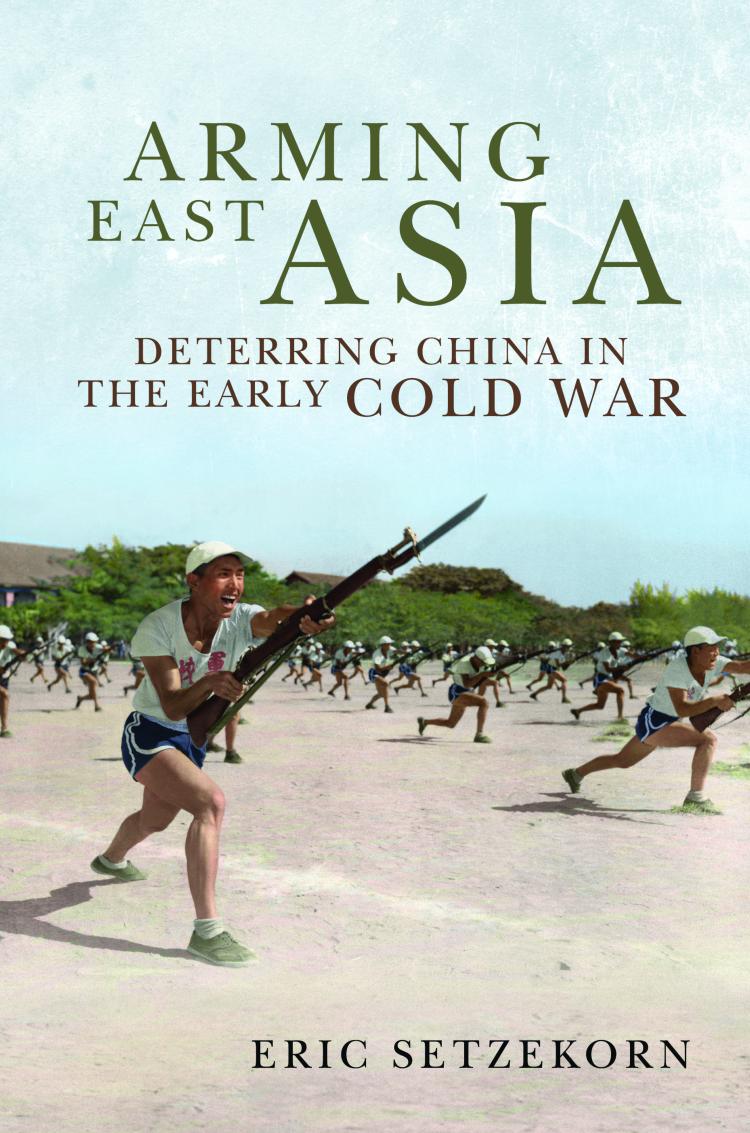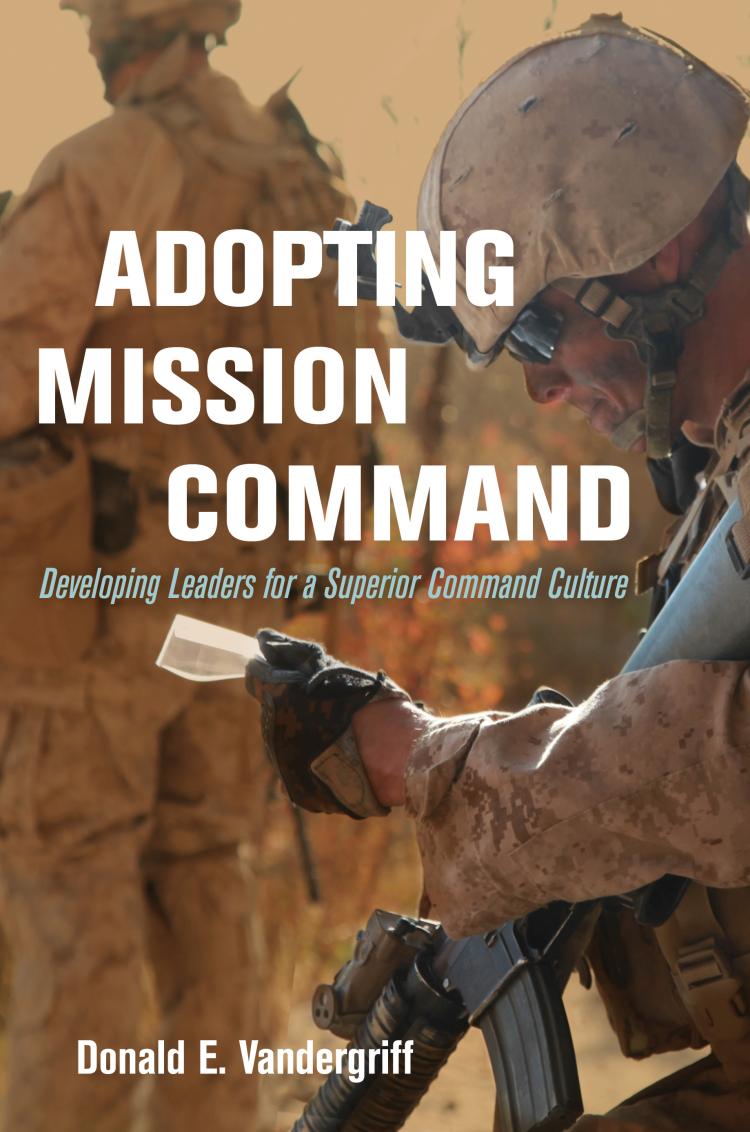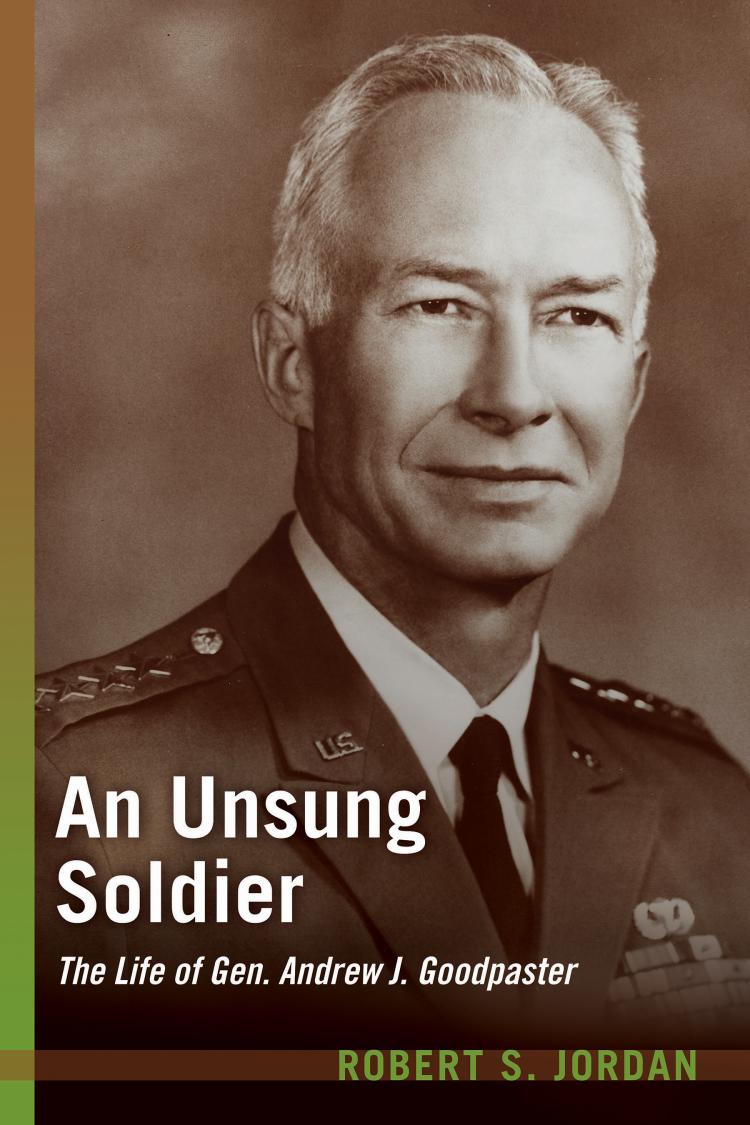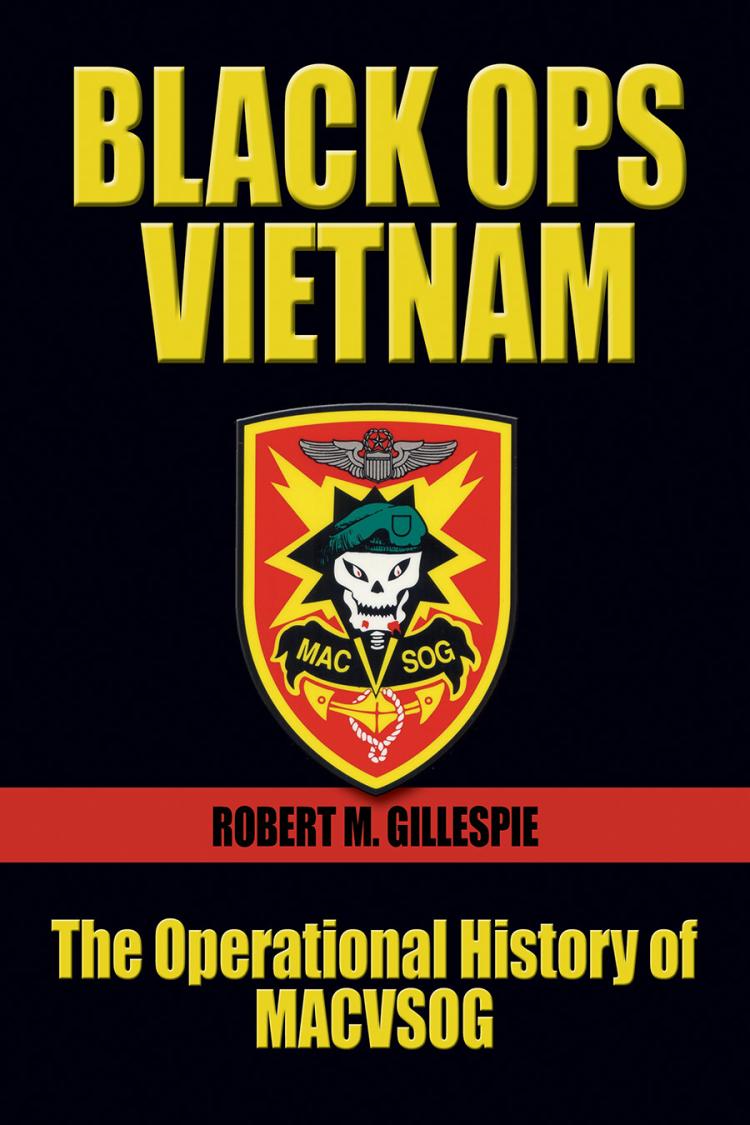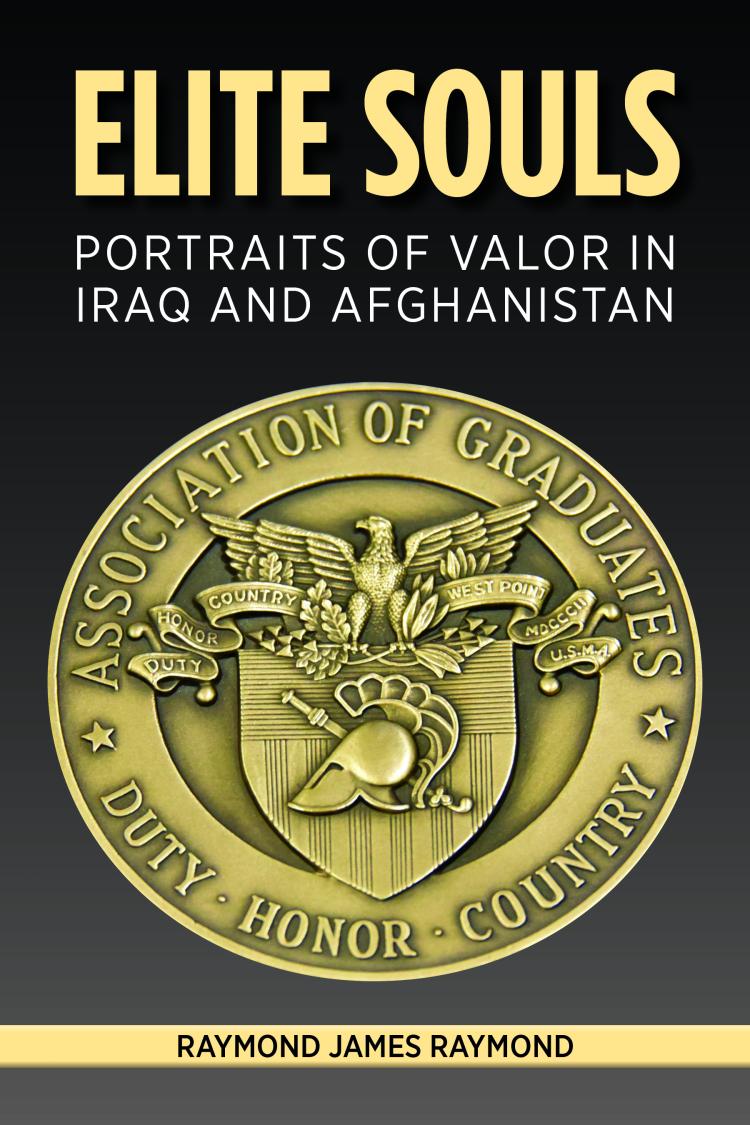Arming East Asia
Deterring China in the Early Cold War
- Subject: Spring 2023 Catalog | Cold War | General Military & Naval History | Korean War | Society of Military History Conference | Association of the U.S. Army (AUSA)
- Format:
Hardcover
- Pages:
348pages
- Illustrations:
11 b/w photos
- Published:
March 15, 2023
- ISBN-10:
1682478513
- ISBN-13:
9781682478516
- Product Dimensions:
9 × 6 × 1 in
- Product Weight:
21 oz
Overview
Arming East Asia: Deterring China in the Early Cold War examines President Eisenhower’s mutual security program in East Asia and explains how that administration worked to contain China. This historical chronicle offers insights and perspectives regarding how to address Sino-American tensions and maintain a free and open Asia-Pacific. Eric Setzekorn argues that President Eisenhower expanded and solidified the U.S. presence in East Asia through use of military aid and military advisory efforts in sharp contrast to the use of U.S. military forces by Presidents Truman, Kennedy and Johnson. In South Korea, Taiwan, Japan, and Southeast Asia (particularly in Thailand and South Vietnam), the United States spent billions of dollars and significant time developing local military forces. By the end of Eisenhower’s two terms, a force of over 1.4 million Allied soldiers in East Asia had been trained, equipped, and often paid through American military assistance.
Eisenhower’s mutual security policies were vital in building local allies, and by the end of the 1950s, East Asia was beginning a long period of growth that would make it the economic heart of the world within fifty years. American policies that created close ties and involvement in the affairs of allied nations also constrained allies, such as Chiang Kai-shek in Taiwan, and Syngman Rhee in South Korea, who often sought to take direct action against the PRC. The heavy role of American military advisors and experts “on the ground” in East Asia also profoundly shaped the character of these nations, all of which were emerging from war, by putting massive resources into the government administration and military forces of newly formed states. With an assertive China using its growing political and military power throughout East Asia, contemporary U.S. security challenges are similar to the situation faced in that earlier contentious era. Eisenhower’s policies from 1953 to 1961 clearly demonstrate an awareness of the possibilities for military, economic and political growth in East Asia, and the challenges of deterring Chinese (PRC) expansion during the early Cold War.
The views expressed in this publication are those of the author and do not necessarily reflect the official policy or position of the Department of Defense or the U.S. government.
Eisenhower’s mutual security policies were vital in building local allies, and by the end of the 1950s, East Asia was beginning a long period of growth that would make it the economic heart of the world within fifty years. American policies that created close ties and involvement in the affairs of allied nations also constrained allies, such as Chiang Kai-shek in Taiwan, and Syngman Rhee in South Korea, who often sought to take direct action against the PRC. The heavy role of American military advisors and experts “on the ground” in East Asia also profoundly shaped the character of these nations, all of which were emerging from war, by putting massive resources into the government administration and military forces of newly formed states. With an assertive China using its growing political and military power throughout East Asia, contemporary U.S. security challenges are similar to the situation faced in that earlier contentious era. Eisenhower’s policies from 1953 to 1961 clearly demonstrate an awareness of the possibilities for military, economic and political growth in East Asia, and the challenges of deterring Chinese (PRC) expansion during the early Cold War.
The views expressed in this publication are those of the author and do not necessarily reflect the official policy or position of the Department of Defense or the U.S. government.
About the Author
Editorial Reviews
"This important book describes Eisenhower’s defense policies during his two presidential terms, especially his efforts in East Asia, focused on strengthening indigenous militaries rather than stationing U.S. troops in the region. This well-researched, carefully argued book is recommended to readers interested in U.S. national security problems and policies.” —Bernard D. Cole is a retired Navy captain and Professor Emeritus of the National War College
“Today’s policymakers should read Arming East Asia and apply its lessons to the problem of deterring China during this century. Eric Setzekorn’s deeply researched study of Eisenhower’s approach to building allies and their military power explains the enduring relevance of cost-efficient and sustainable deterrence strategies.” —Robert Haddick, author of Fire on the Water, Second Edition: China, America, and the Future of the Pacific; Visiting Senior Fellow, Mitchell Institute for Aerospace Studies
“Eric Setzekorn's Arming East Asia addresses a major gap in the history of the U.S. military in the Cold War and specifically advisory missions in the Far East. Although some studies have covered American advisors in South Korea and South Vietnam, none have the comprehensive reach of this book.” —David Hogan, U.S. Army Center of Military History
"Arming East Asia is an excellent book that copiously explains the challenges and successes that came with deterring the victorious Communist regime of the Chinese Civil War and supporting US allies through rebuilding their militaries and developing free markets in South Korea, Taiwan, and Japan in the first 25 years of the post-war era. Setzekorn focuses on the first three Cold War administrations of Truman, Eisenhower, and Kennedy (mostly Eisenhower), as their consequential policy decisions set the stage for the rapid development of these three nations defining the security environment Beijing would come to face. Though not a book clearly rooted in maritime history, per se, it is particularly relevant to understanding the formation of the geo-political structure of the Western Pacific. Setzekorn superbly writes this must-read book for every modern history scholar of East Asia, and there is no doubt the reader will take away with every chapter new insight of the United States’ role in East Asia today”—Sea History




